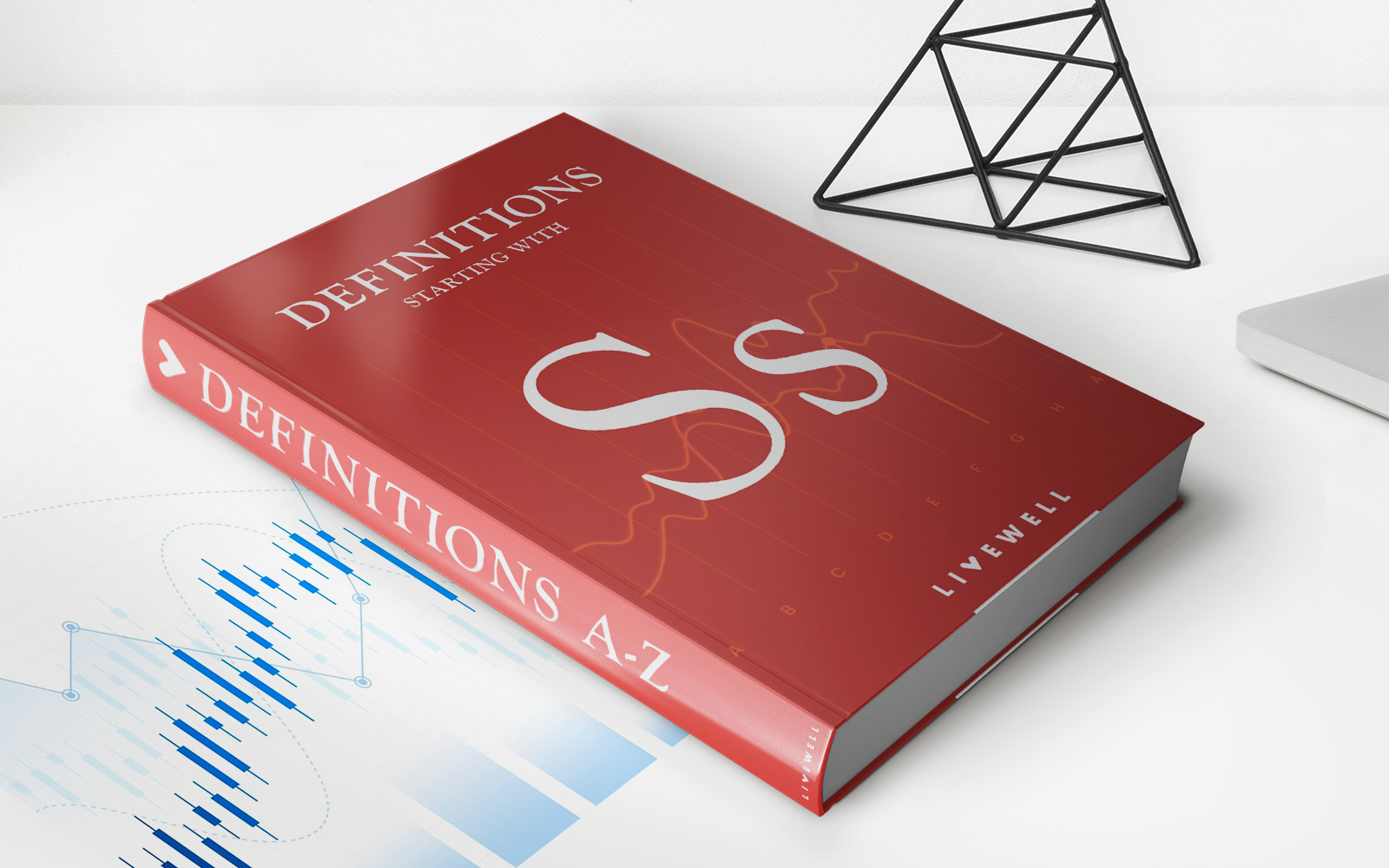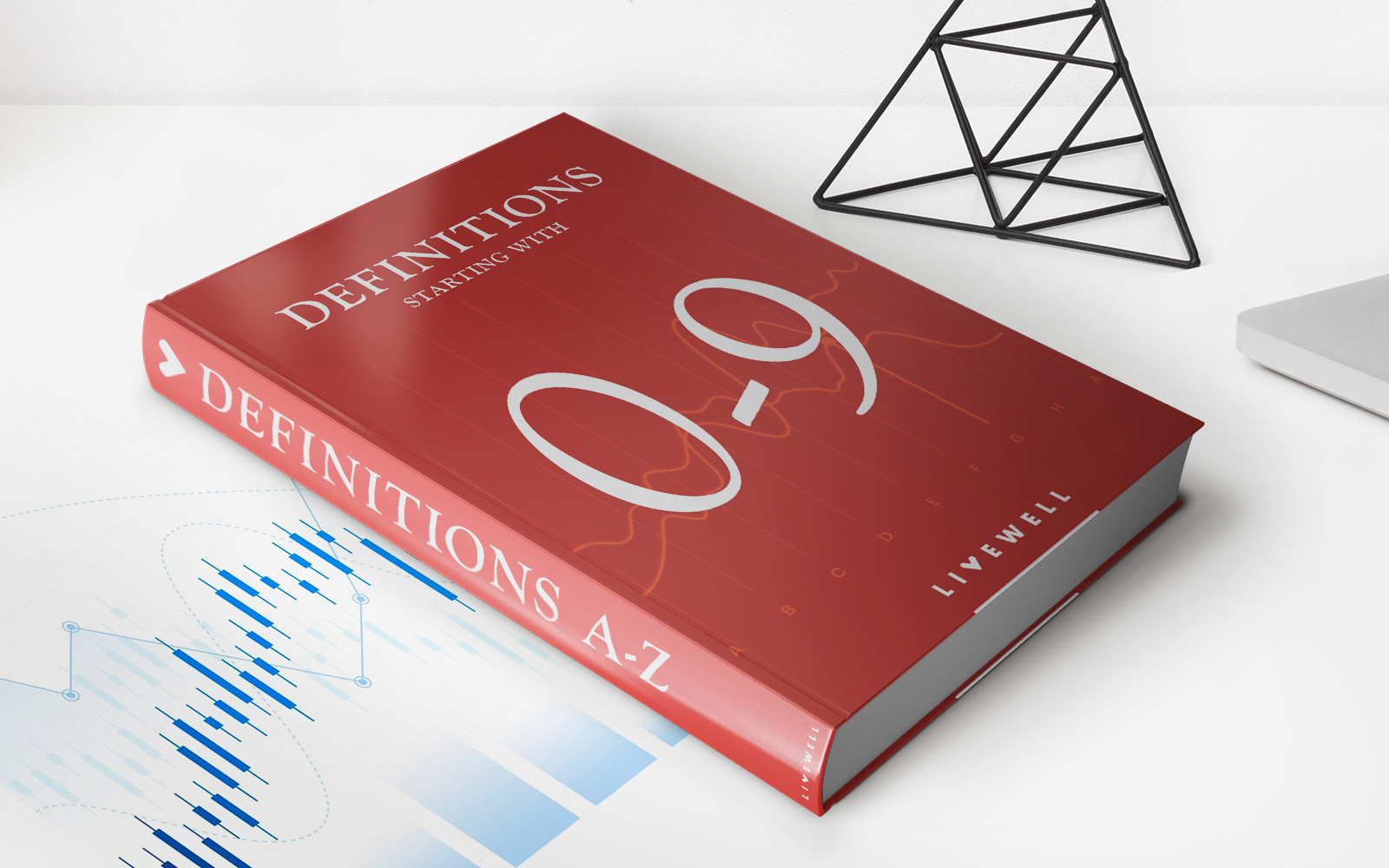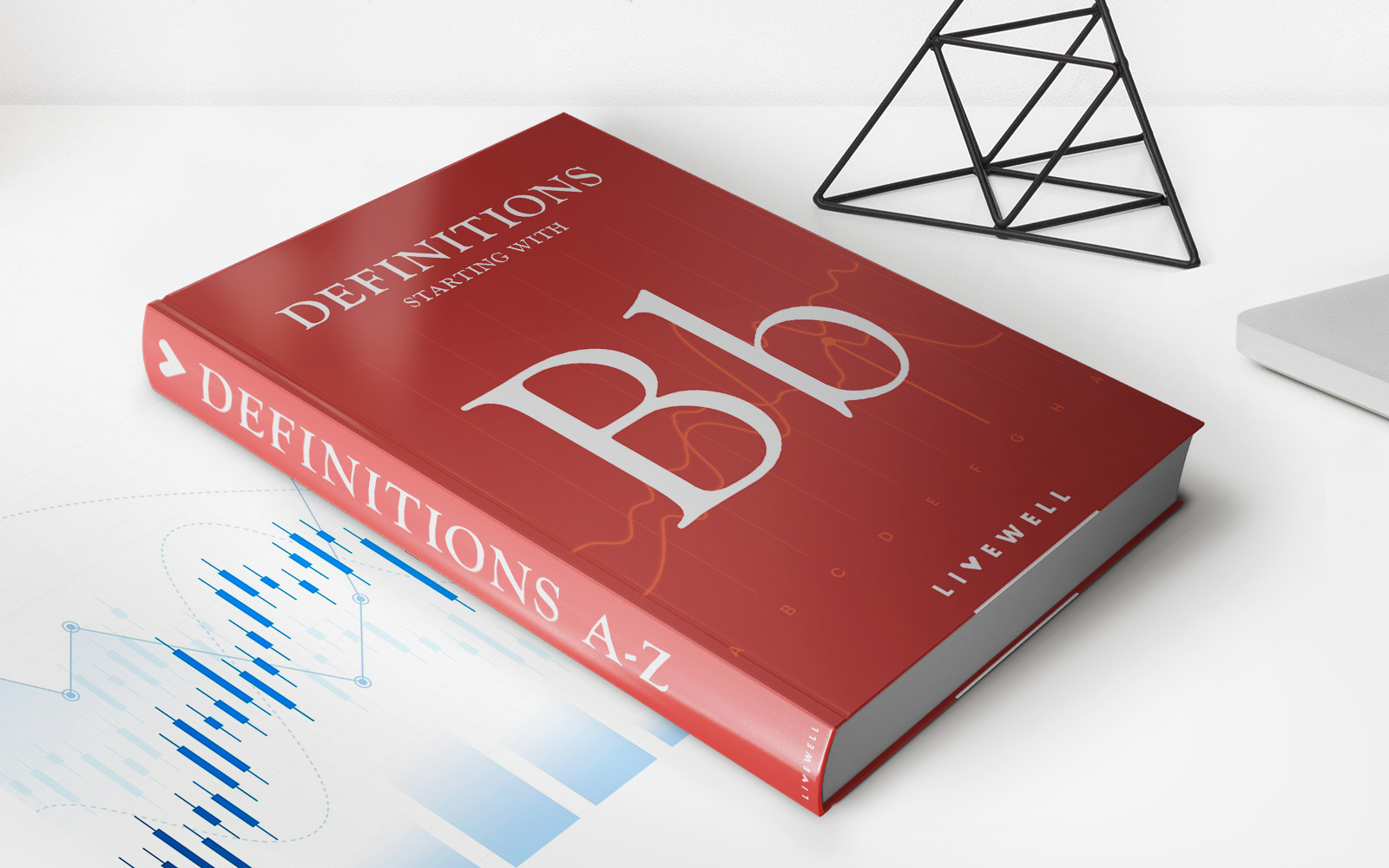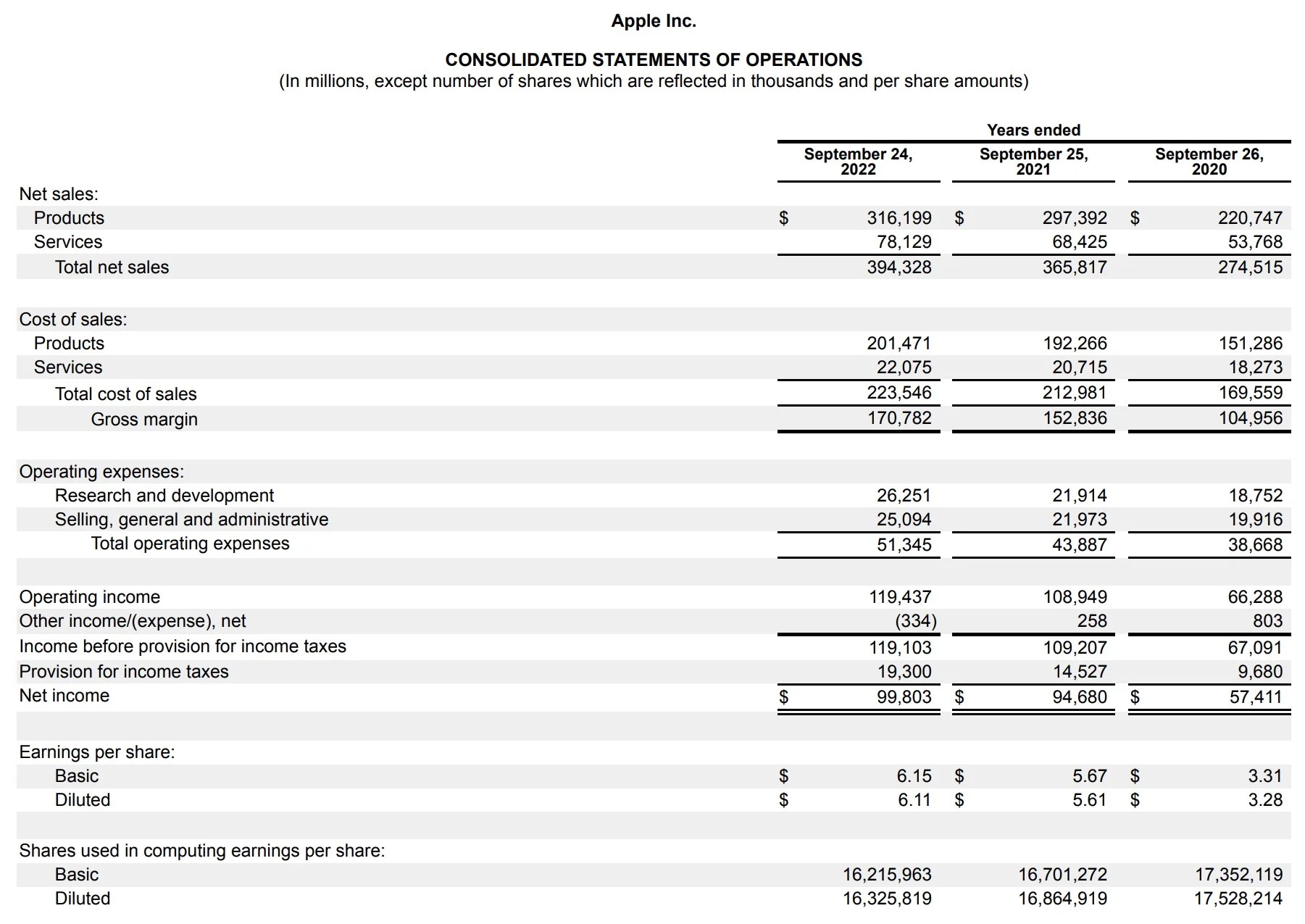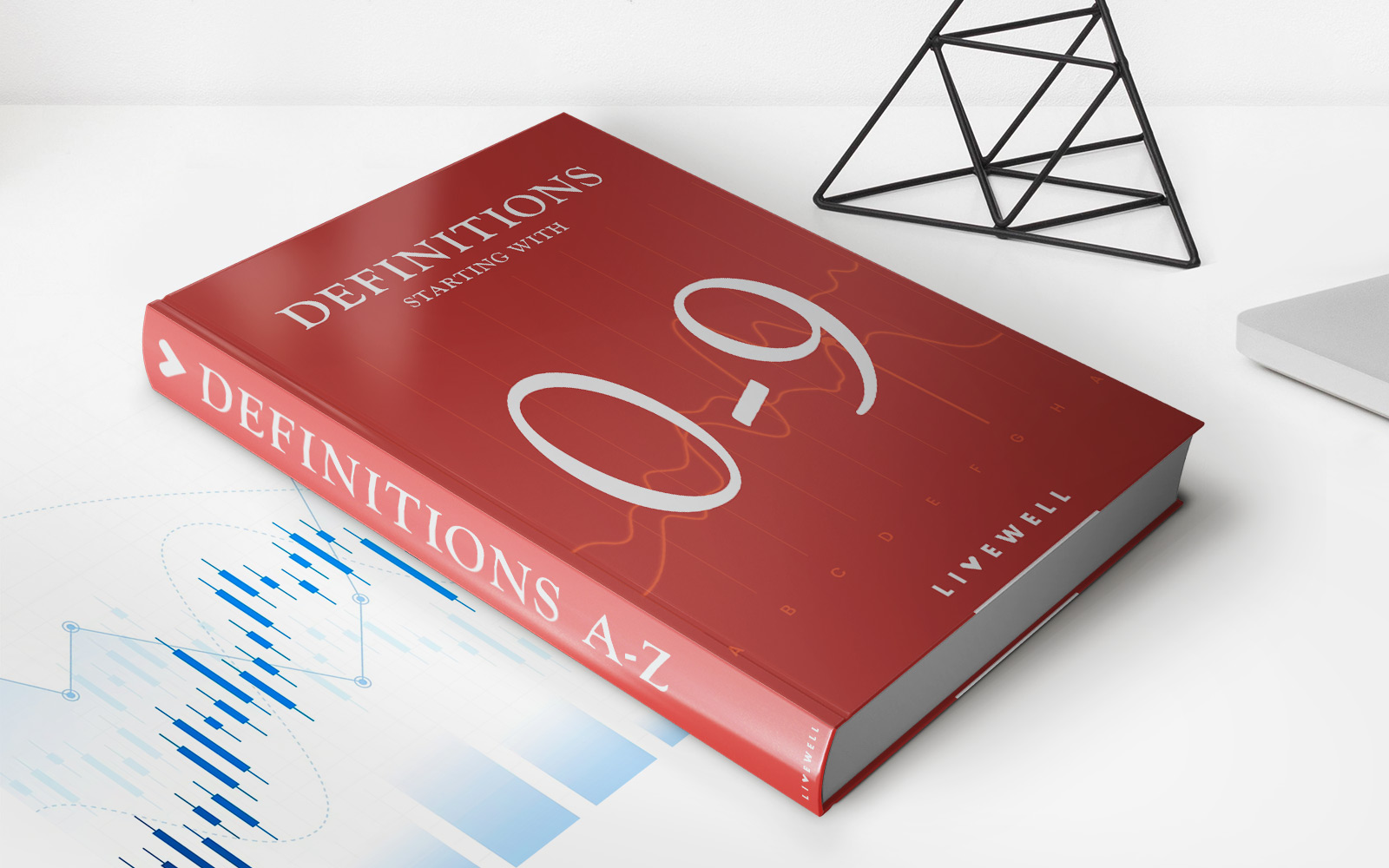Home>Finance>SIMPLE IRA: Definition, How Small Businesses Use, And Drawbacks
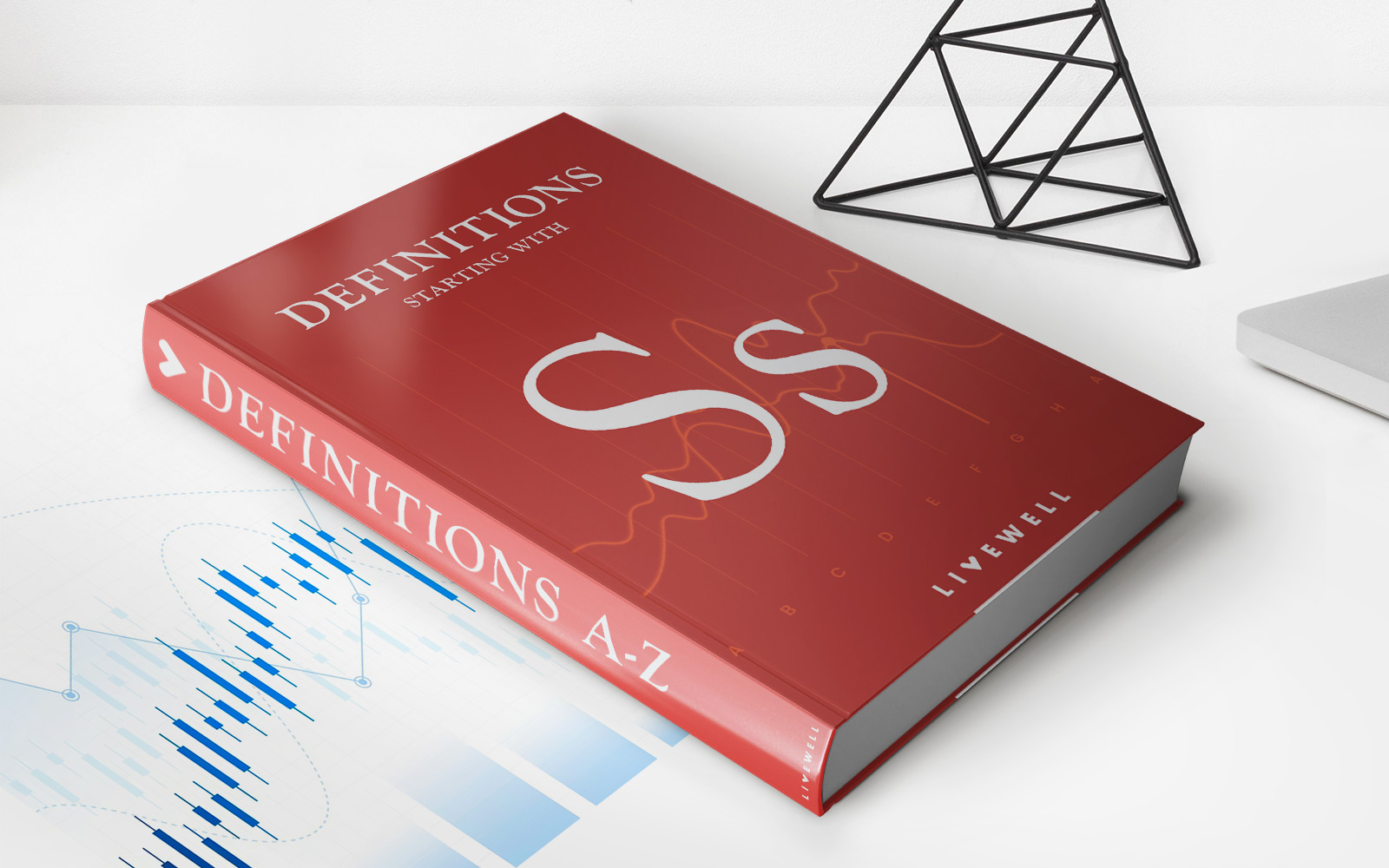

Finance
SIMPLE IRA: Definition, How Small Businesses Use, And Drawbacks
Published: January 29, 2024
Learn about the SIMPLE IRA and how small businesses use it for retirement savings. Understand its drawbacks and implications for your finances.
(Many of the links in this article redirect to a specific reviewed product. Your purchase of these products through affiliate links helps to generate commission for LiveWell, at no extra cost. Learn more)
Simple IRA: Definition, How Small Businesses Use, and Drawbacks
Welcome to our finance category! In today’s post, we are going to dive into the world of retirement plans and focus on the Simple IRA. If you’ve heard of this term before but don’t quite understand what it means, or if you are a small business owner wondering how this retirement plan can benefit your company, you’ve come to the right place. In this blog post, we’ll provide you with a comprehensive guide to Simple IRA, including its definition, how small businesses can utilize it, and some potential drawbacks to consider. Let’s get started!
Key Takeaways:
- Simple IRA is a retirement plan designed for small businesses with fewer than 100 employees.
- It offers tax advantages to both employers and employees and is relatively easy to set up and maintain.
What is a Simple IRA?
A Simple IRA, also known as a Savings Incentive Match Plan for Employees IRA, is a type of retirement plan that is specifically designed for small businesses. It offers a straightforward and cost-effective way for employers to provide their employees with a retirement savings option.
One of the primary benefits of a Simple IRA is its tax advantages. Contributions made by employers are tax-deductible, meaning they can be deducted from the company’s taxable income. Similarly, employees have the opportunity to make pre-tax contributions, reducing their taxable income as well.
How Do Small Businesses Use Simple IRA?
Small businesses can utilize Simple IRA as a way to attract and retain talented employees. By offering a retirement savings plan, employers can demonstrate their commitment to the financial well-being of their workforce. Additionally, Simple IRA can help small businesses compete with larger companies that may offer more extensive benefit packages.
Setting up a Simple IRA is relatively easy. Employers can work with a financial institution or a retirement plan provider to establish the plan and choose investment options. Once the plan is in place, employees can choose to contribute to their accounts, and employers can make matching contributions up to a certain percentage of each employee’s salary.
It’s important to note that, as per the IRS, a Simple IRA can only be offered by businesses with fewer than 100 employees who received at least $5,000 in compensation during the previous calendar year. Therefore, it’s crucial for small businesses to ensure they meet these requirements before considering the implementation of a Simple IRA.
Drawbacks of Simple IRA
While Simple IRA offers numerous benefits, it’s essential to consider some drawbacks associated with this retirement plan:
- Low Contribution Limits: Compared to other retirement plans like 401(k)s or SEP IRAs, the annual contribution limits for Simple IRA are relatively low. As of 2021, employees can contribute up to $13,500, with a catch-up contribution of $3,000 for individuals aged 50 or older. Employers’ matching contributions are also subject to limitations.
- Employee Eligibility: All employees who have earned at least $5,000 in compensation during any two previous calendar years and are expected to receive at least $5,000 in the current calendar year must be eligible to participate in the Simple IRA. This requirement may limit the plan’s applicability for businesses with high employee turnover.
- Withdrawal Restrictions: Early withdrawals from a Simple IRA may incur a penalty. Individuals who withdraw funds before reaching the age of 59½ may be subject to a 25% penalty in addition to regular income tax. This penalty can be reduced to 10% if the withdrawal is due to specific circumstances, such as disability or first-time home purchase.
Conclusion
A Simple IRA can be an attractive retirement savings option for small businesses. It offers tax advantages, ease of setup, and can be an effective tool to attract and retain employees. However, it’s important to consider the contribution limits, employee eligibility requirements, and potential withdrawal penalties associated with this retirement plan.
If you are a small business owner looking to provide your employees with a retirement plan or an employee seeking information about their retirement options, we recommend consulting with a financial advisor or retirement plan provider to evaluate whether a Simple IRA is the right choice for your specific needs.








